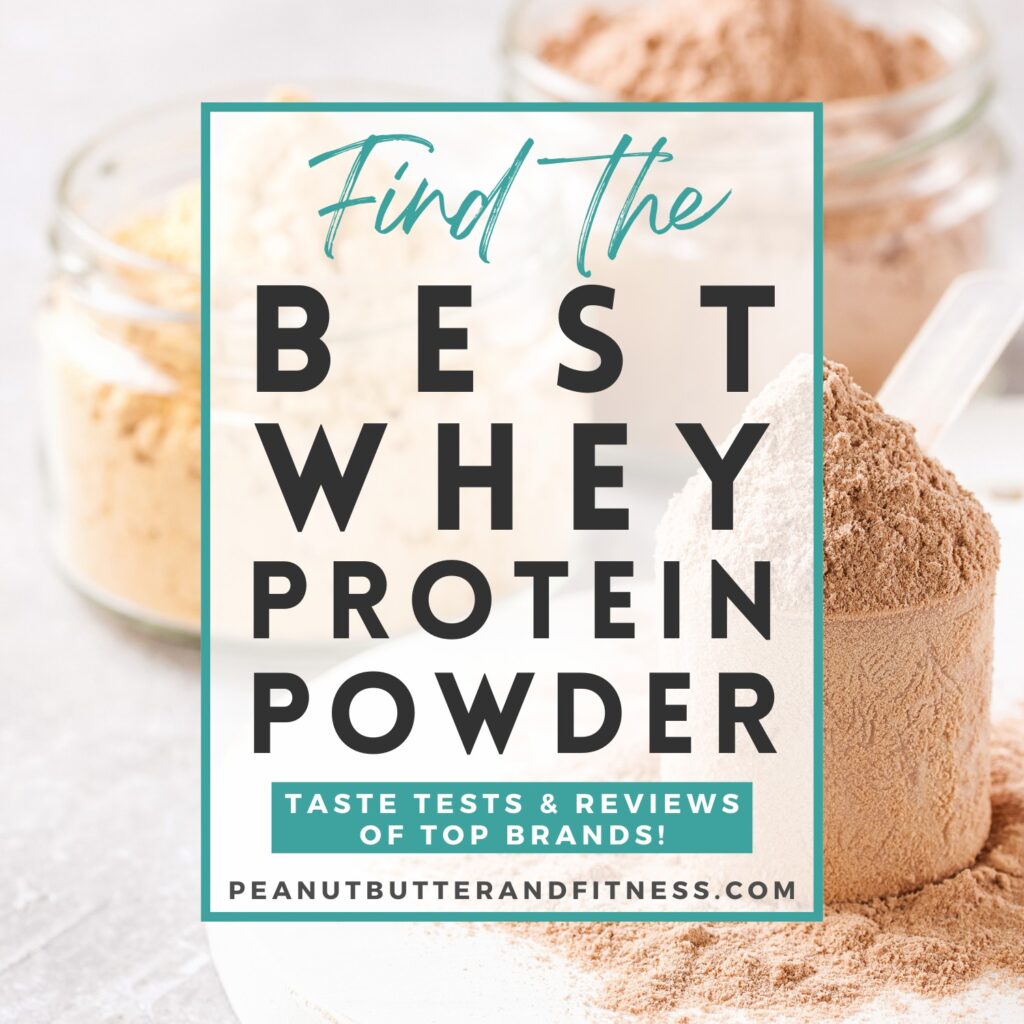
I’m excited to announce that I’m starting a new series on the blog – my “Quest for the Best” health and fitness products. Over the years, I’ve tried A LOT of different brands of protein. I’ve tried protein that’s made “just for girls,” protein that’s marketed to dudes, protein in bags, protein in tubs, protein that tastes really good and protein that tastes really bad. So I’m testing out 10 protein powders for you and breaking down the good, bad and ugly about them.
Lately I’ve been on the hunt for a protein powder that’s not loaded down with junk but still tastes great and meets my needs. I’ve also hunted for a good grass-fed whey protein which is surprisingly difficult – but I’ll share those ones with you later once I have some more conclusive results of my “studies.” More of those kinds of protein are popping up on the market more frequently now, so I should actually have a decent selection soon!
Categories to Compare
The categories that I evaluated for each protein and are most important to me are:
- How it tastes (for obvious reasons). I don’t like my protein overly sweet but I have to have some sweetness so I don’t feel the need to plug my nose and chug it down.
- How well it mixes in water. Ain’t nobody got time for clumpy protein that you have to chew. I also really hate when the protein shake gets all frothy in my shaker bottle so that I’m forced to drink hundreds of tiny air bubbles instead of a smooth shake. Ugh.
- The ingredients list. A lot of popular proteins include crazy ingredients, potentially stomach upsetting sugar substitutes, and artificial colors. I included some notes about ingredients you’ll see a lot in protein powders at the end of this post…you can take a look and compare what you see to the ingredients used in each brand. In the end, you’ve got to choose what’s right for your body (though I limited the list of protein to the “cleaner” ones on the market).
- How many flavors the brand offers. This isn’t a huge deal for me, but it’s always nice to have options, especially when you like to get creative in the kitchen with your protein.
- What kind of nutrition you get per scoop. Again, not a HUGE deal since most are pretty similar, but a good data point regardless.
- How much you pay per scoop. Because I’d rather have some money left over to spend on active wear.
Whey Protein Benefits
Whey protein is one of the most popular types of protein powder for those who exercise. It’s easy to find great tasting whey that dissolves easily into water or milk. Here are some of the benefits of whey protein powder:
- Whey is a complete source of protein, meaning it contains all nine essential amino acids. This makes it an ideal choice for those looking to supplement their diet with extra protein.
- Whey protein is high in branched-chain amino acids (BCAAs), which can help to increase muscle growth and strength, as well as reduce fatigue.
- Whey is also an excellent source of calcium, which can help to build and maintain strong bones and teeth.
- It’s low in carbohydrates, making it a great option for those following a low-carb diet.
Types of Whey Protein
Whey Protein Concentrate
- Contain 70-80% protein
- More lactose and fat than whey isolate
- Higher levels of growth factors, phospholipids, and conjugated linoleic acid (CLA), which may help reduce the accumulation of fat in the body.
Whey Protein Isolate
- In purest form, contains 90-95% protein
- Less lactose and fat than whey concentrate
- Highest gram-for-gram concentration of protein
- May be better for people who are sensitive to lactose
A third type of whey is hydrolysate. This type of protein has already undergone partial breakdown, so it’s generally easier to digest and is marketed as ultra fast absorbing. Hydrolysates can be made from concentrates or isolates, so protein content varies.
Scoring and Ranking the Powders
When I first started this series, I would rank the different brands based on taste and texture alone. While those are still the 2 most important factors I care about when deciding whether to buy a protein powder, I’ve also incorporated scoring for macros, ingredients, and value.
- Taste – Scored out of 10 possible points.
- Texture – Scored out of 10 possible points.
- Macros – Scored out of 5 possible points. Powders that have at least 80% of calories from protein scored highest.
- Ingredients – Scored out of 5 possible points. This one is more challenging to score objectively than macros or value, but powders lost points for things like ingredient lists that are a mile long. Including excessive sugar alcohols or artificial sweeteners like Sucralose or acesulfame potassium (Ace-K) also contributed to lower scores.
- Value – Scored out of 5 possible points. Powders that were less than $1.25 per serving scored highest, and powders that cost over $2 per serving got no points in this category.
While I tried to be as objective as possible when scoring these proteins, at the end of the day, we probably care about different things when it comes to our protein powders. Feel free to consider all the details for yourself and come to your own conclusion!
Quick rundown of different colors you’ll see in the chart below:
- Yellow (on the macro ratio) indicates carb content.
- Blue (on the macro ratio) indicates protein content.
- Green (on the macro ratio) indicates fat content.
see all the reviews:
Whey Protein Comparison Chart
Want to see all my reviews in one spot? Check out the full spreadsheet, including reviews of all the flavors I tried for each brand!
Highly Recommended Whey Proteins
BPI Sports Best Protein
chocolate Brownie
BPI scores high with its great taste, high protein content, variety of flavors and overall value. They nailed it with the level of sweetness for my taste, but unfortunately you can only buy this in 5 pound tubs now.
- Taste: 8.5/10. The chocolate flavor is deep and rich without being too sweet. Barely chalky aftertaste.
- Mixability: 9/10. When I first tried this in a sample size, it mixed perfectly. When I bought a whole tub though, it was just a little gritty after shaking it up.
Ascent Native Fuel Whey
Vanilla bean
I like that this brand is sweetened with stevia instead of Sucralose or AceK, plus it has high protein content, accounting for 85% of calories.
- Taste: 8.5/10. Solid vanilla flavor, but I’d call it more of a French vanilla since it’s got a toasty note to it.
- Mixability: 7.5/10. Doesn’t shake up totally smooth and it runs a little thinner than some other powders.

GNC AMP Pure Isolate
chocolate frosting
- Taste: 9/10. One of the better chocolate flavors among the brands I’ve tested, though it does border on too sweet for me.
- Mixability: 8.5/10. Just a little gritty after shaking up and a little more foam than I’d like, but otherwise it makes a good creamy shake.

Quest Nutrition Protein Powder
chocolate milkshake
Quest also makes a multi-purpose protein powder just for baking so you can avoid tainting the flavor of your treats with too much vanilla from protein powder.
- Taste: 8/10. The chocolate flavor is pretty solid and not overly sweet. It does taste slightly artificial, but not enough that I wouldn’t drink it again.
- Mixability: 8/10. Mixes somewhat creamy and thick but gets a little frothy.

PEScience Select Protein
frosted sugar cookie
Check out the full spreadsheet for my reviews of 4 other flavors – Chocolate Peanut Butter Cup, Chocolate Truffle, Frosted Chocolate Cupcake, and Gourmet Vanilla.
- Taste: 9/10. Tastes a bit like cake batter, but yummy either way. It comes really close to the border of too sweet without quite going over.
- Mixability: 7/10. This one was still quite gritty after using a shaker bottle.
Recommended with Reservations
GHOST Whey Protein Powder
oreo
The macros vary across flavors with this brand with between 120-160 cals per serving. You can buy sample size packets on their website. Check out the full spreadsheet for my reviews of 1 other flavor from this brand – Chips Ahoy!
- Taste: 6/10. You get some of the chocolate cookie flavor, but it’s way too sweet for me to enjoy.
- Mixability: 8/10. Shakes up really thick and creamy. They also have chunks of Oreos in the powder, which isn’t really my jam but kind of an interesting take.
Optimum Nutrition Gold Standard 100% Whey
double rich chocolate
I use the vanilla flavor sometimes in recipes, but the chocolate flavor is not great. Plus I’m not a fan of the sugar substitutes used.
- Taste: 4/10. Not very chocolatey, not sweet enough, and has a chalky aftertaste.
- Mixability: 7/10. Pretty good mixability, but a little gritty after shaking up and is not creamy at all.
Jay Robb Whey Protein
chocolate
Jay Robb’s website claims that “Only cold-processed cross-flow microfiltered whey protein isolate is used as the protein source and this material comes from farm-raised, pasture-grazed, grass-fed cows not treated with the synthetic bovine growth hormone rBGH*.” It goes on to say that it’s hard to source affordable grass fed whey all the time so they just substitute regular whey when they can’t get the grass fed kind.
- Taste: 6/10. The chocolate flavor is not distinct and it’s not sweet enough for me.
- Mixability: 8/10. Still a big gritty after shaking it up.

Machine Premium Whey Protein
chocolate chip cookie
Check out the full spreadsheet for reviews of 2 other flavors – Fruit Cereal and PB Cookies and Cream!
- Taste: 7/10. The cookie flavor definitely comes through but I found it too sweet.
- Mixability: 6.5/10. This one gets rather foamy when shaken up. This one also includes chunks of each flavor’s namesake.
Not Recommended
Clean Simple Eats Grass Fed Whey
chocolate Brownie Batter
This brand is on the more expensive side for whey, but it’s 100% grass fed. You can buy samples from their website to try before you buy. Check out the full spreadsheet for my reviews of 2 other flavors from this brand – Cake Batter and Simply Vanilla!
- Taste: 5/10. I thought this was really artificial tasting and had an odd nutty flavor.
- Mixability: 6/10. Pretty gritty after shaking up in water.
Legion Whey+ Protein Powder
dutch chocolate
This is a whey isolate made from milk produced by grass-fed cows in Ireland. It’s also marketed as lactose free.
- Taste: 4/10. There’s a little bit of chocolate flavor, but the powder is cloyingly sweet.
- Mixability: 9/10. Good mixability, not gritty, but lacks a bit of creaminess.
Naked Grass Fed Whey Protein
chocolate
I love the collagen from this brand, but the whey protein is just too “naked” for me.
- Taste: 3/10. Borders on savory and not much chocolate flavor.
- Mixability: 6/10. Shakes up very foamy, which is discouraging because you’d have to shake it really hard to get the coconut sugar to dissolve.

Here’s the link to that full spreadsheet of reviews again!
Breaking Down the Ingredients
There is a laundry list of crazy ingredients that are added to our food, and protein powders are (for the most part) no different. To help you decide which protein is right for you, I put together a little list of some common ones and a snippet of info about them. Some are a bit more controversial than others, and the internet (and medical community) hasn’t yet reached a full conclusion on whether those ingredients are totally safe or kinda not.
I linked several articles to Chris Kesser’s website because he’s done a really good series of articles called “Helpful or Harmless” and those articles give a pretty comprehensive overview of each additive in language that non-doctor types can understand. Check him out.
Gums like cellulose gum, xanthan gum, guar gum and carrageenan:
- Cellulose gum is a thickening agent extracted from the cell walls of plants. It’s considered an indigestible fiber, though it doesn’t really provide any health benefits like fiber derived from whole foods. I haven’t found any evidence that shows it to be anything but harmless.
- Xanthan gum is a “largely indigestible polysaccharide that is produced by bacteria” and purified, dried, turned into powder and sold by manufacturers. Again, basically harmless.
- Guar gum is a soluble fiber derived from a bean that grows in India and Pakistan. Some studies show that increased consumption can lead to reduced body weight and lower blood glucose (because of the extra fiber) BUT it can also lead to excess gas (because of the extra fiber).
- Carrageenan is an “indigestible polysaccharide that is extracted from red algae, and is most commonly used in food as a thickener or stabilizer.” It’s been linked to inflammation and a simple Google search will lead you to plenty of articles that link it to cancer, although that link may be unfounded.
- My verdict? If you have digestive/gut issues or are particularly sensitive to food additives, gums (especially carrageenan) are probably worth avoiding.
Enzymes like protease, lactase, and papain:
These enzymes are added to protein powder to help break it down into easily absorbed nutrients (ie. making your protein shake go to work for you). Some enzymes are made by the human body, others are found naturally in fruit and vegetables and extracted to be used as dietary supplements. My verdict? Not scary.
Soy lecithin
This is an emulsifier added to TONS of foods including our beloved chocolate. It’s extracted from soybeans using a chemical solvent (like hexane) so although it’s possible that you could be drinking remnants of that chemical if your protein contains it, those remnants are so minuscule that it probably won’t affect you. Sunflower lecithin is sometimes used instead and can be helpful for those with severe soy allergies. My verdict? Not scary enough to avoid.
Artificial sweeteners and sugar substitutes:
- Sucralose is Splenda and has been linked to a host of medical issues – the Center for Science in the Public Interest (CSPI) downgraded it from a “safe” grade to “caution” in 2013.
- Polydextrose has primarily been linked to digestive upset, but nothing serious.
- Acesulfame potassium (Ace-K) has also been linked to a host of medical issues, and CSPI grades it as an additive you should avoid.
- My verdict? Avoid if you can, especially sucralose and acesulfame potassium.
Dutched cocoa or cocoa processed with alkali:
Dutched cocoa is treated with alkali to neutralize its acidity and reduce the bitterness of the cocoa. It’s also a bit smoother than regular cocoa, which makes it a popular for use in drinks like protein shakes. While the alkalizing process does impact the number of flavanols and antioxidants in cocoa powder, it doesn’t seem to have a negative health effect. My verdict? Not scary.
Inulin (chicory root):
Inulin is a soluble fiber found in a variety of fruits, but this particular variety is made by soaking chicory root in hot water. It can be used to treat things like high cholesterol and constipation or it can be used as a food additive for improved taste. My verdict? Not scary, but could irritate those with a sensitive gut.
Maltodextrin:
Maltodextrin is a highly processed starch made from corn, rice, potato starch or wheat. It’s used as a filler or preservative in foods and has an even higher glycemic index than table sugar, meaning it can spike your blood sugar when consumed in sufficient amounts. The verdict? Proceed with caution, though it looks like it can probably be safely consumed in very small amounts.
Disclaimer: I’m not a doctor or a nutritionist. Don’t take my ramblings as medical advice. Hopefully, what I’m talking about will help you make a more informed decision about your protein supplements or encourage you to find out more information on your own.
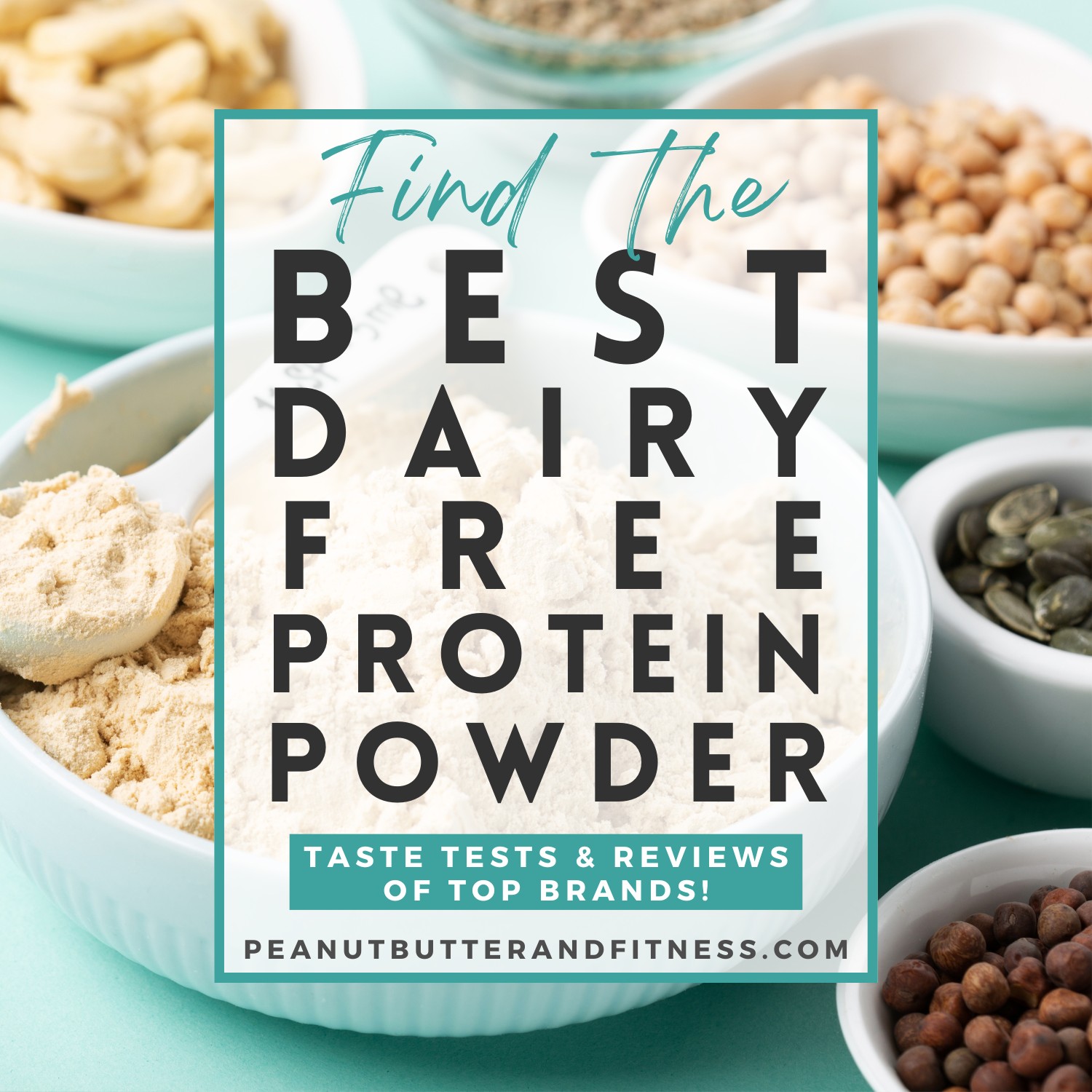







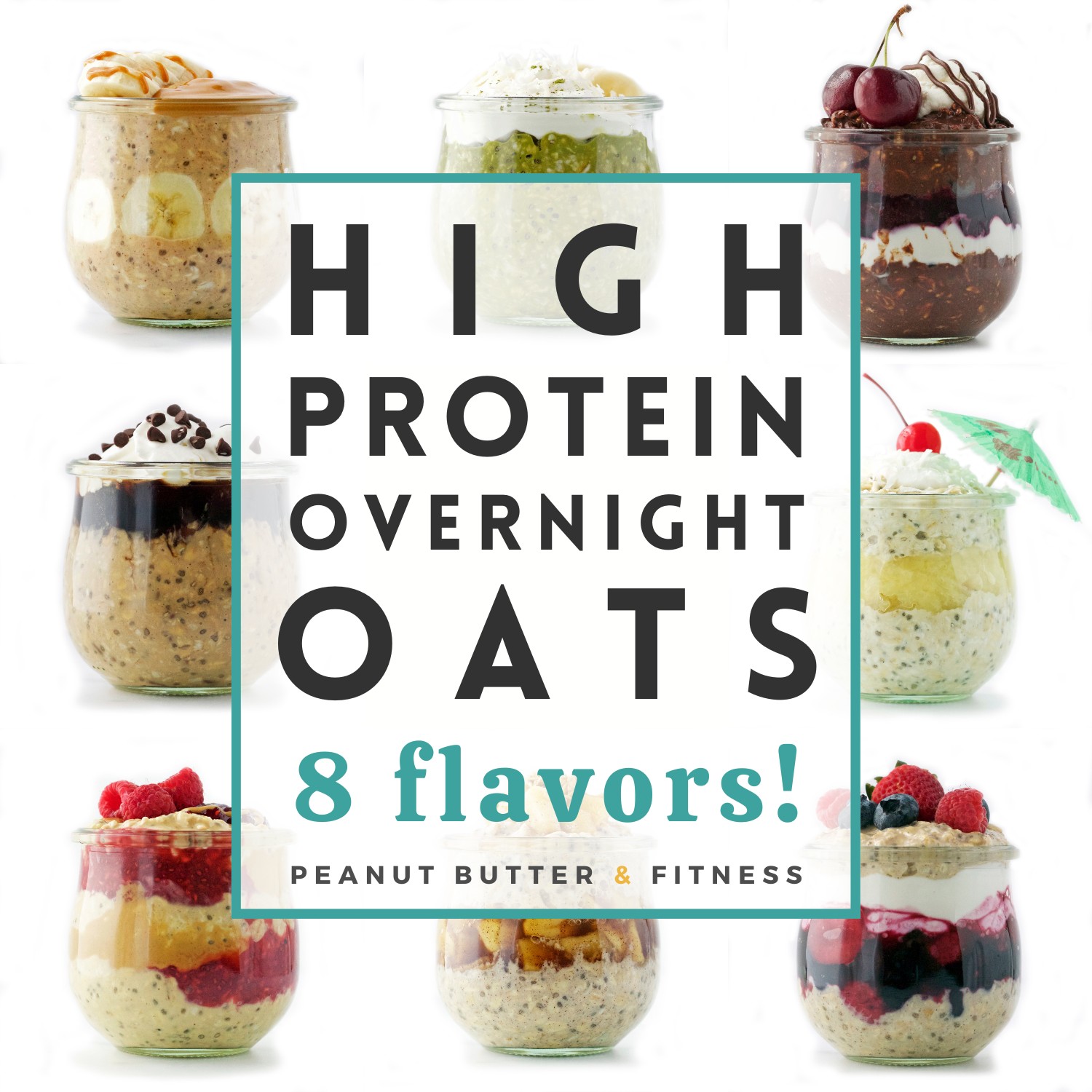



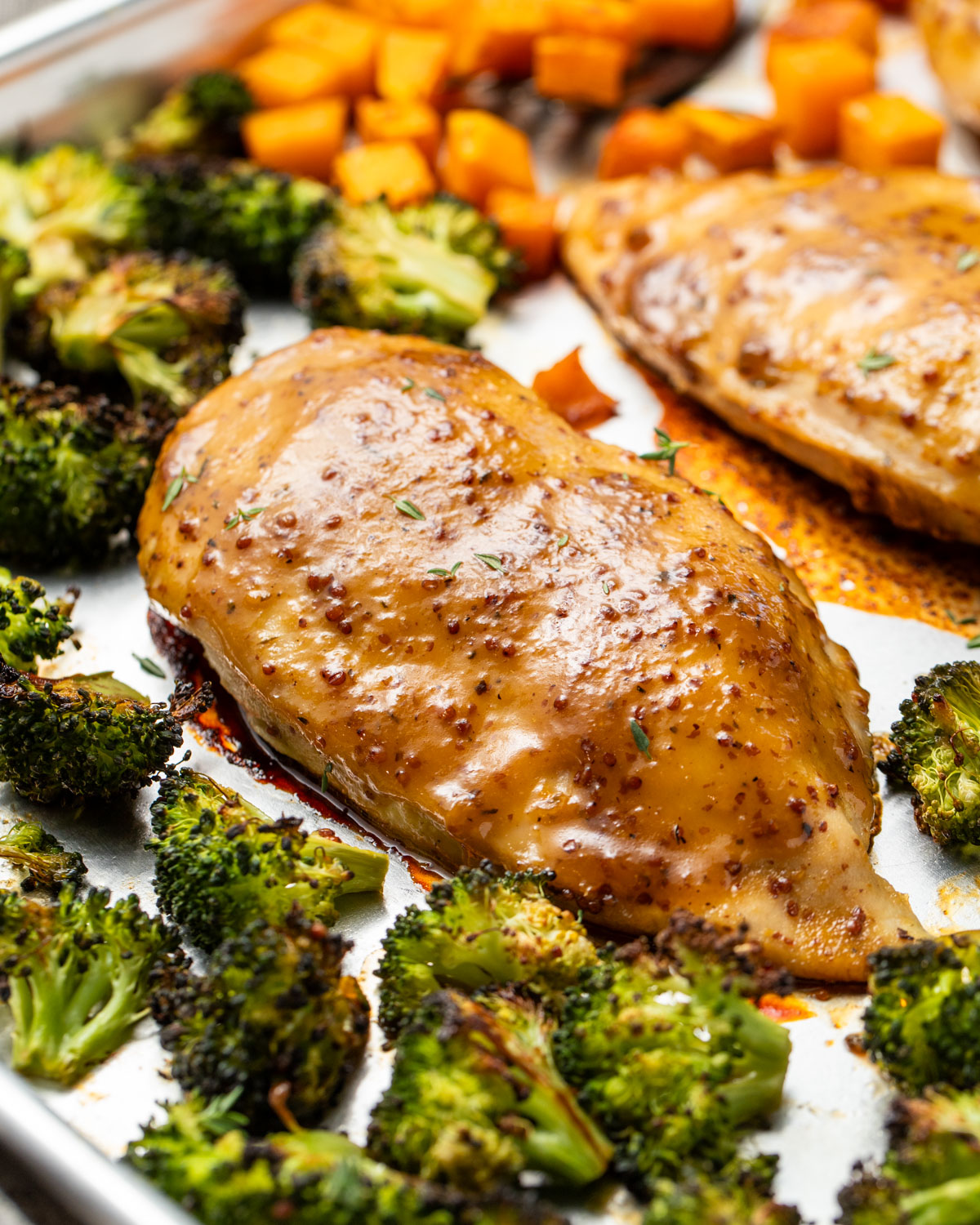
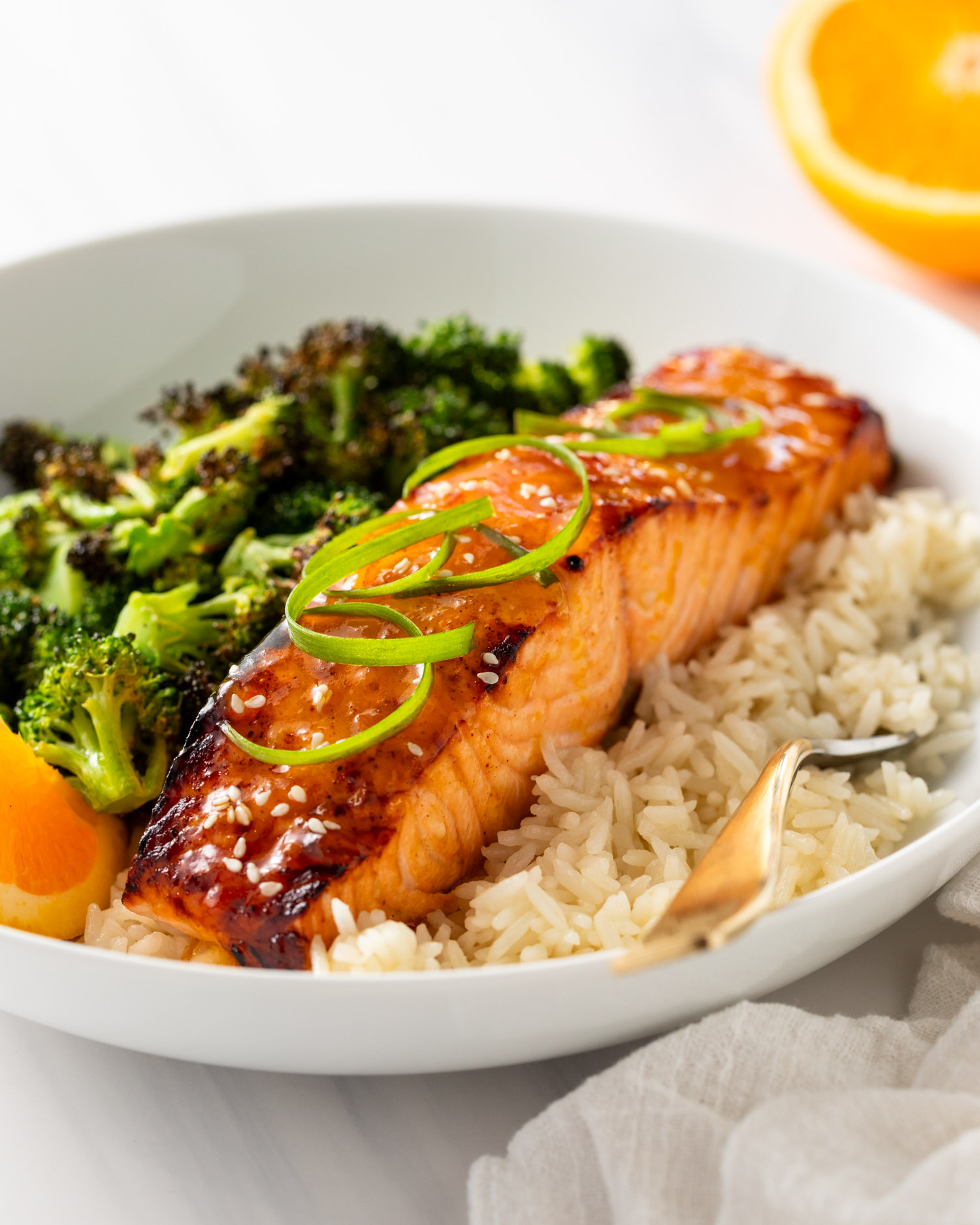
Leave a Reply